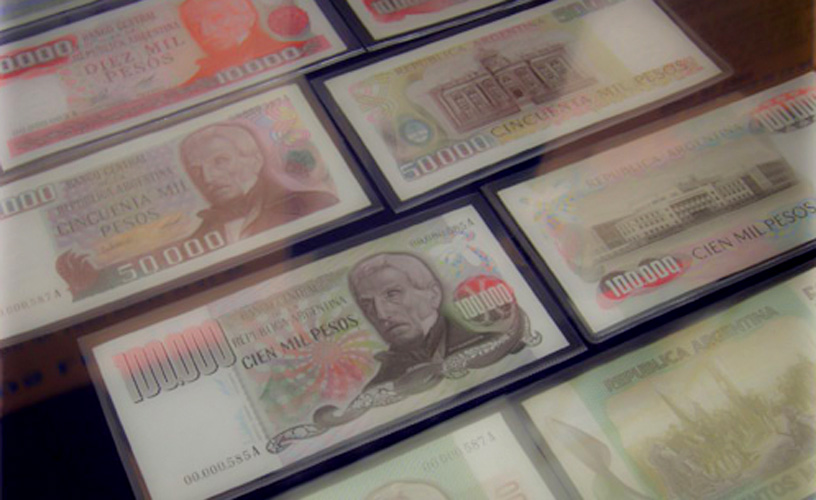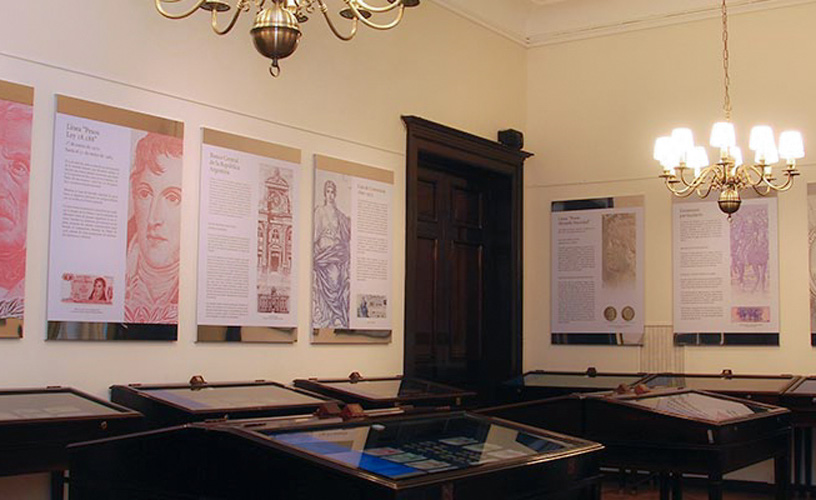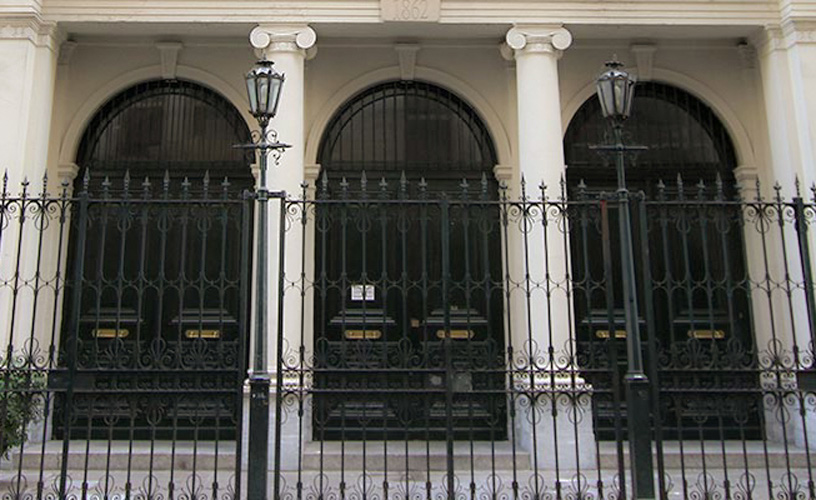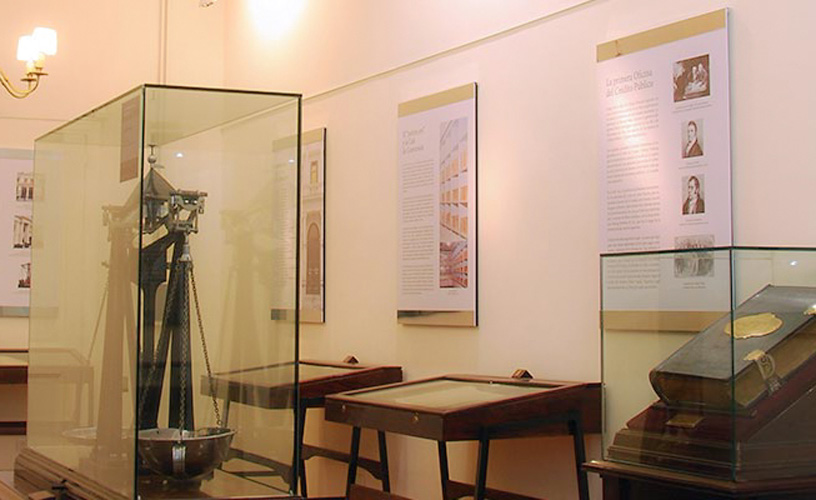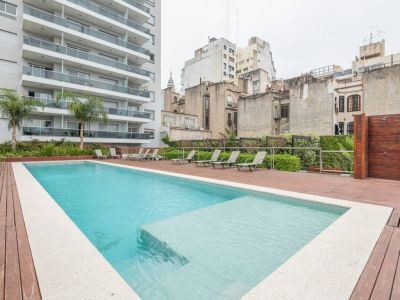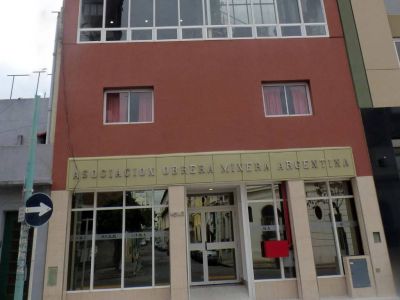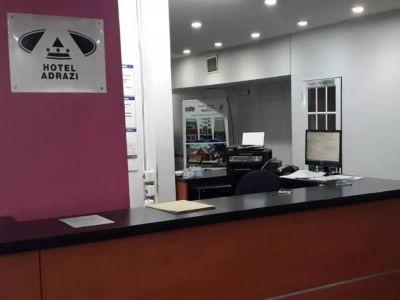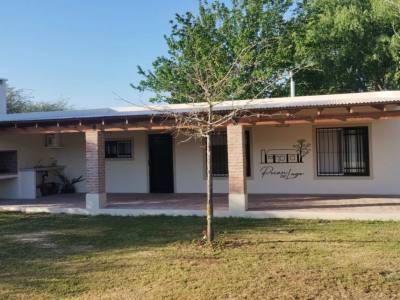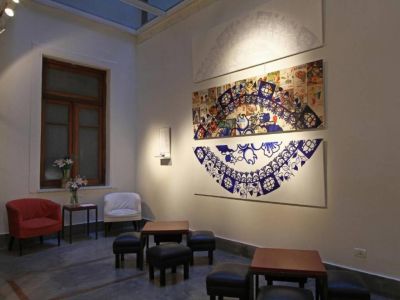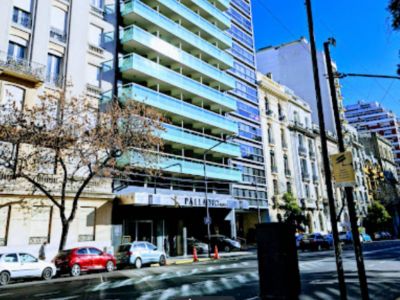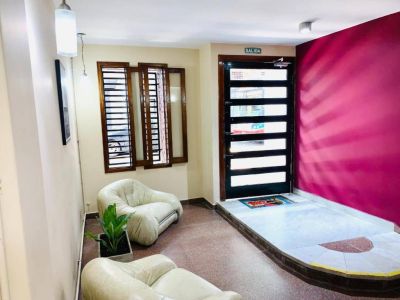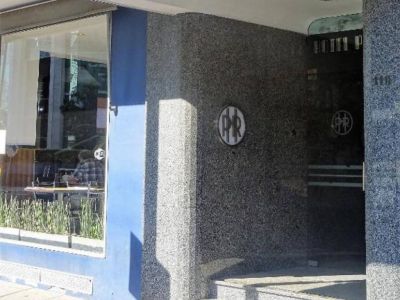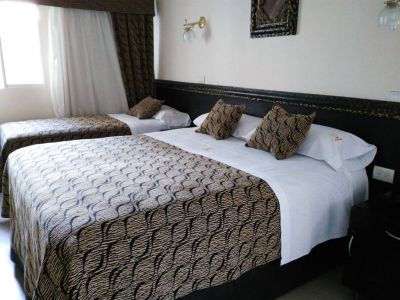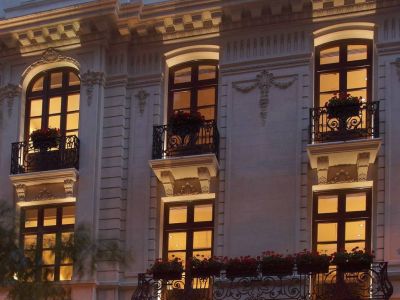We cannot access the time that has passed, but there are vestiges of such past that are still talking to us. In an unexpected site, we found the access to a face of Argentinian history: currency, which brings along the account of political events that shaped our country.
When There Was No Currency
The venue of the present José Evaristo Uriburu Historical and Numismatic museum was originally built in 1862 to house the Buenos Aires Stock Exchange. It was in 1989 that it became the seat for this museum, which had been inaugurated in 1941 and named after its former Vice President, the son of the president of the country.
Its mission is to collect, display and protect the coins, the bills -and other technical elements involved in their fabrication- that circulated the country (and some areas of Latin America) from the mid Sixteenth century till this date.
José Evaristo Uriburu Historical and Numismatic Museum
Nevertheless, the show begins with a glass cabinet displaying some of the elements used in Pre-Colombian America as a form of exchange. Those were the days on which barter was in fashion and there was no authority to decree a universal value for anything. The Americans would trade, for instance, by exchanging cocoa beans, small shells or small axes made of copper.
The Faces of the Coin
The first coins on display date back from the Sixteenth century and were minted by hand with the gold and silver extracted from Mexican and Peruvian mines. Back then, a great part of South America used to be controlled by the Spanish crown and the coins show the profiles of the king and queen of Spain, who –wearing Imperial laurel wreaths- would look at their subjects even from their pockets.
Upon the declaration of Independence in the Río de la Plata area, the coin motifs would change. There were no longer profiles but coats of arms, war cannons and phrases clearly inspired by the French Revolution. The crowned heads were replaced by “Freedom and union”.
Farther on, we could see the conflict between the unitarios and federales reflected upon their bills. Paper money began to flow in each province in the country which did not have their own metal to mint their coin. It was not until 1880 that the national State gained sufficient power to impose one single currency throughout the territory.
Zooming Out
Ever since, we have covered the history of this country basically from its currency: the unification of the first Argentinian Peso; the bill featuring the effigy of Progress; the peronista bill with the image of Justice without the blindfold; the multiplication of zeros; the annihilation of zeros; the Law 18,188 Peso; the Austral; the Peso once again and convertibility.
The country’s ups and downs may be seen in its currency. And we could mention many other things: the portraits that came up, the sceneries, the inclusion of local wildlife, and the monuments.
One of the surprises this museum has to offer is to discover how much we can learn from a historical period through a simple drawing on paper. As many others, this is a gate to the past that gave shape to present Argentina. A few moments before leaving, we thought about a future time when the bills we were carrying in our wallets would also have become part of history.
Marcos Rodríguez
Gentileza Buenos Aires Gob.Ar
Contact of the excursion or tour
Museo Histórico y Numismático José E. Uriburu
San Martín 215, primer piso, Ciudad de Buenos Aires, Ciudad de Buenos Aires, Agentina
Phone: +54 11-43483882
